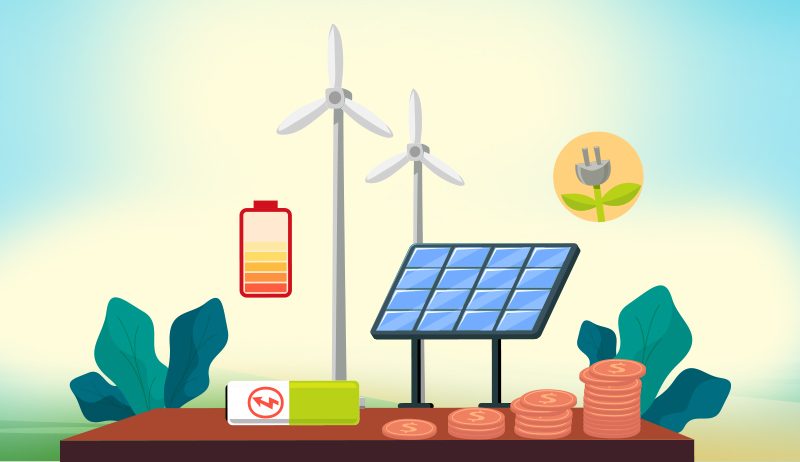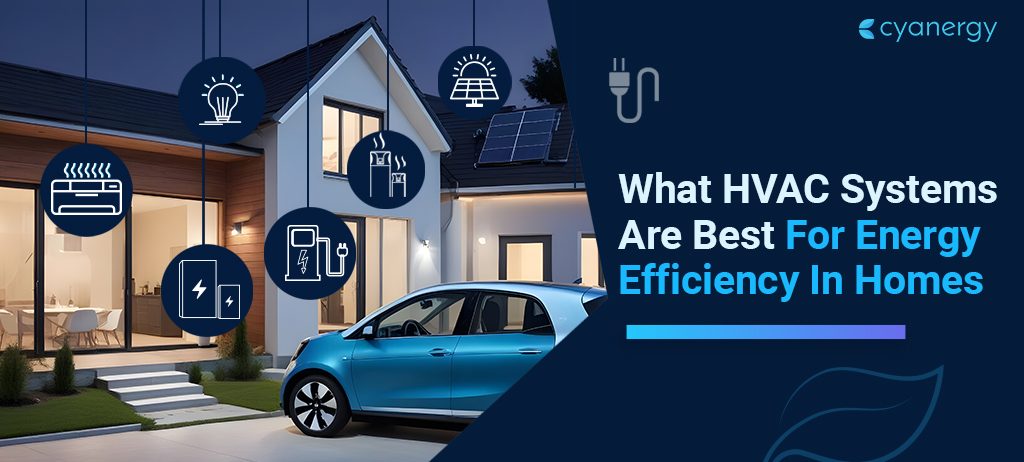The central challenge in addressing climate issues revolves around energy, and it is also a crucial component of the solution.
A significant portion of the Earth’s greenhouse gases, which create a heat-trapping effect, originates from the production of energy through the combustion of fossil fuels for electricity and heat generation.
So how much of the world’s electricity is sustainable? Let’s find out.
Renewable Energy Sources
Coal, oil, and gas, classified as fossil fuels, overwhelmingly contribute to global climate change, responsible for over 75 percent of worldwide greenhouse gas emissions and nearly 90 percent of all carbon dioxide emissions.
The scientific consensus is unambiguous. To avert the most severe consequences of climate change, emissions must be nearly halved by 2030 and reach a net-zero status by 2050.
Achieving this goal requires moving away from reliance on fossil fuels and directing investments toward alternative energy sources characterized by cleanliness, accessibility, affordability, sustainability, and reliability.
What Percentage of Energy is Sustainable
Renewable energy sources, abundant in nature and harnessed from the sun, wind, water, waste, and Earth’s heat, are continually replenished by natural processes, emitting minimal to no greenhouse gases or pollutants into the atmosphere.
Although fossil fuels still dominate global energy production, comprising more than 80 percent, cleaner energy alternatives are progressively gaining traction. Currently, approximately 29 percent of electricity is derived from renewable sources.
Why Transition To Clean Energy is Important
Here are five reasons why speeding up the transition to clean energy is the most effective way to ensure a healthy, livable planet for future generations.
- Abundant Renewable Energy
- Renewable energy is Cheap
- Renewable Energy is Healthier
- More jobs through renewable energy
- Economically sensible choice
Sustainable VS Non- Sustainable Energy

Sustainable Sources:
Sustainable sources are those that can be replenished naturally and are not depleted faster than they can regenerate. These sources are considered environmentally friendly and contribute to long-term ecological balance. Some examples include:
Renewable Energy: Sources like solar, wind, hydro, and geothermal energy are sustainable because they are naturally replenished and do not deplete over time.
Biomass: Organic materials such as wood, crop residues, and organic waste can be used sustainably as a source of energy.
Sustainable Agriculture: Practices that maintain soil health, biodiversity, and ecosystem balance without depleting natural resources.
Responsible Forestry: Harvesting wood and forest products in a way that ensures the forest’s regeneration and long-term health.
Water Conservation: Managing water resources in a way that ensures availability for future generations.
Non-Sustainable Sources:
Non-sustainable sources are those that are finite or deplete faster than they can be naturally replenished. The use of these sources can lead to environmental degradation and may not be viable for long-term use. Some examples include:
Fossil Fuels: Coal, oil, and natural gas are finite resources that contribute to environmental pollution and climate change. Their extraction and combustion release greenhouse gases.
Non-Renewable Minerals: Resources like rare metals and minerals that are extracted from the earth but do not regenerate on a human timescale.
Over-Exploitation of Fisheries: Harvesting fish and marine resources at a rate that exceeds their natural reproduction, leading to depletion.
Deforestation: Clearing large areas of forests without adequate replanting, leading to loss of biodiversity and ecosystem services.
Excessive Water Extraction: Drawing water from aquifers or rivers at a rate that exceeds natural replenishment, leading to water scarcity.
In sustainable development, there is a growing emphasis on transitioning from non-sustainable to sustainable sources to ensure a more balanced and resilient future for the planet.
Global Energy Production
Global electricity production is a dynamic and evolving landscape.
As of the early 2020s, the global electricity production mix includes a combination of various energy sources. The major contributors to global electricity production include:
Fossil Fuels:
Coal: Historically, coal has been a significant contributor to electricity production, although its share has been gradually decreasing due to environmental concerns.
Natural Gas: Natural gas-fired power plants have seen an increase in use, partly because they are considered a cleaner alternative to coal.
Renewable Energy:
Hydropower: Hydroelectric power remains one of the largest sources of renewable energy for electricity generation.
Wind Power: The capacity of wind power has been growing rapidly in many parts of the world.
Solar Energy: Photovoltaic solar power has experienced remarkable growth, with decreasing costs making it more competitive.
Nuclear Power:
Nuclear energy contributes a significant portion of electricity in some countries, although the growth has been slower compared to other sources.
Other Sources:
Biomass, geothermal, and other sources collectively contribute a smaller but still noteworthy share to global electricity production.
It’s important to highlight that the energy mix varies significantly by region and country. Some nations rely heavily on specific sources due to geographical, economic, or policy considerations.
Challenges of Sustainable Energy Future

Intermittency and Reliability
Energy Storage and Grid Integration
Infrastructure and Investment
Transition from Fossil Fuels
Technological Innovation
Policy and Regulatory Frameworks
Opportunities for Sustainable Energy Future
Climate Mitigation and Adaptation
Job Creation
Energy Independence
Cost Competitiveness
Environmental and Health Benefits
Decentralized Energy Systems
Technological Innovation, Projection, and Collaboration
The transition to renewable energy encourages innovation and collaboration among industries, governments, and research institutions, fostering a culture of continuous improvement.
The Australian government has undertaken various initiatives and projects related to energy, climate change, and sustainability.
Here are some key initiatives and projections:
National Hydrogen Strategy
Renewable Energy Target (RET)
Clean Energy Finance Corporation (CEFC)
Emissions Reduction Fund (ERF)
Snowy 2.0 Hydroelectric Project
Technology Investment Roadmap
Net Zero by 2050

Renewable Energy Expansion
Electric Vehicles (EVs)
There is an increasing focus on promoting electric vehicles and associated infrastructure. The government aims to support the adoption of electric vehicles to reduce emissions from the transport sector.
Check out our EV chargers to get the best prices.







